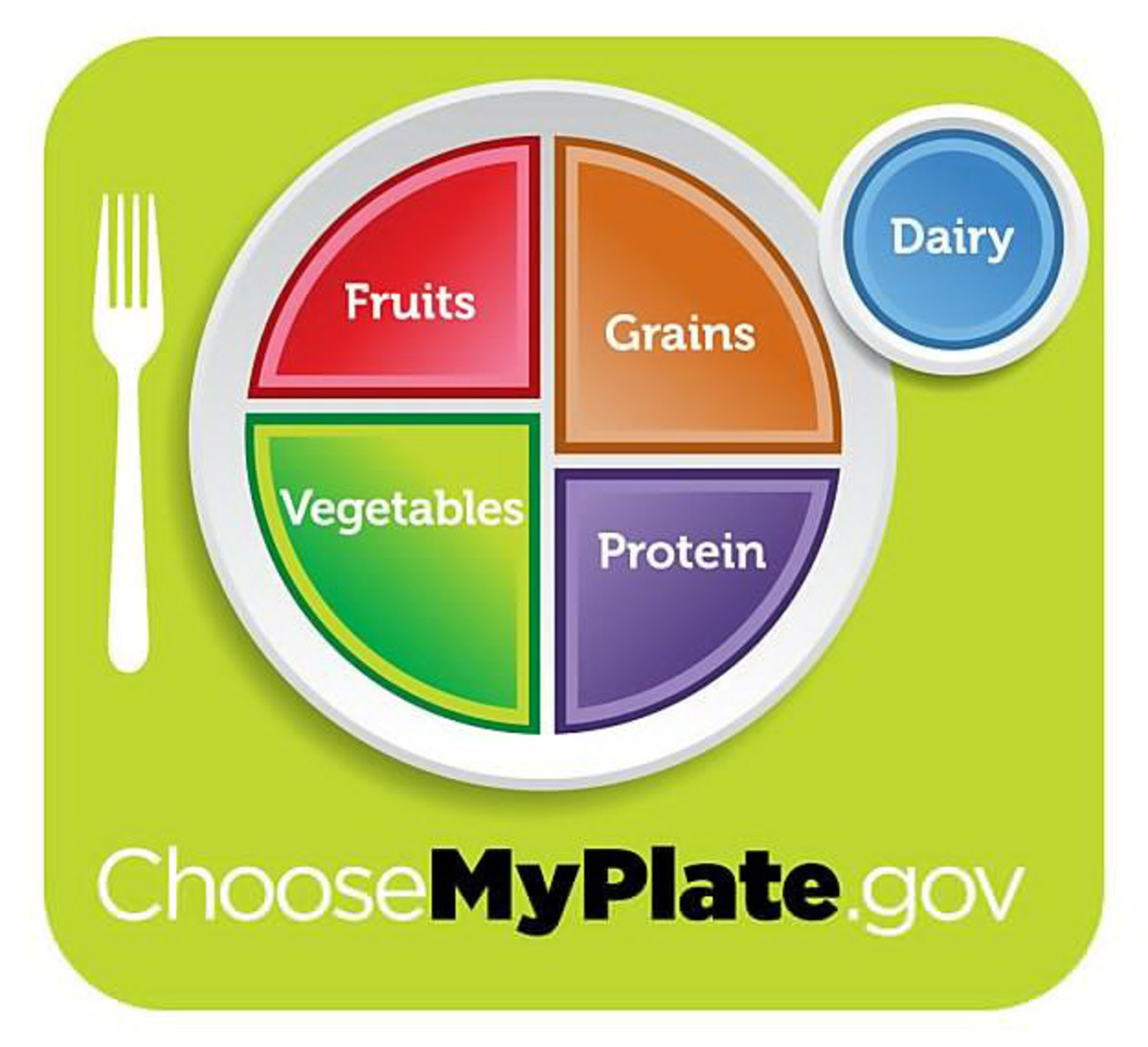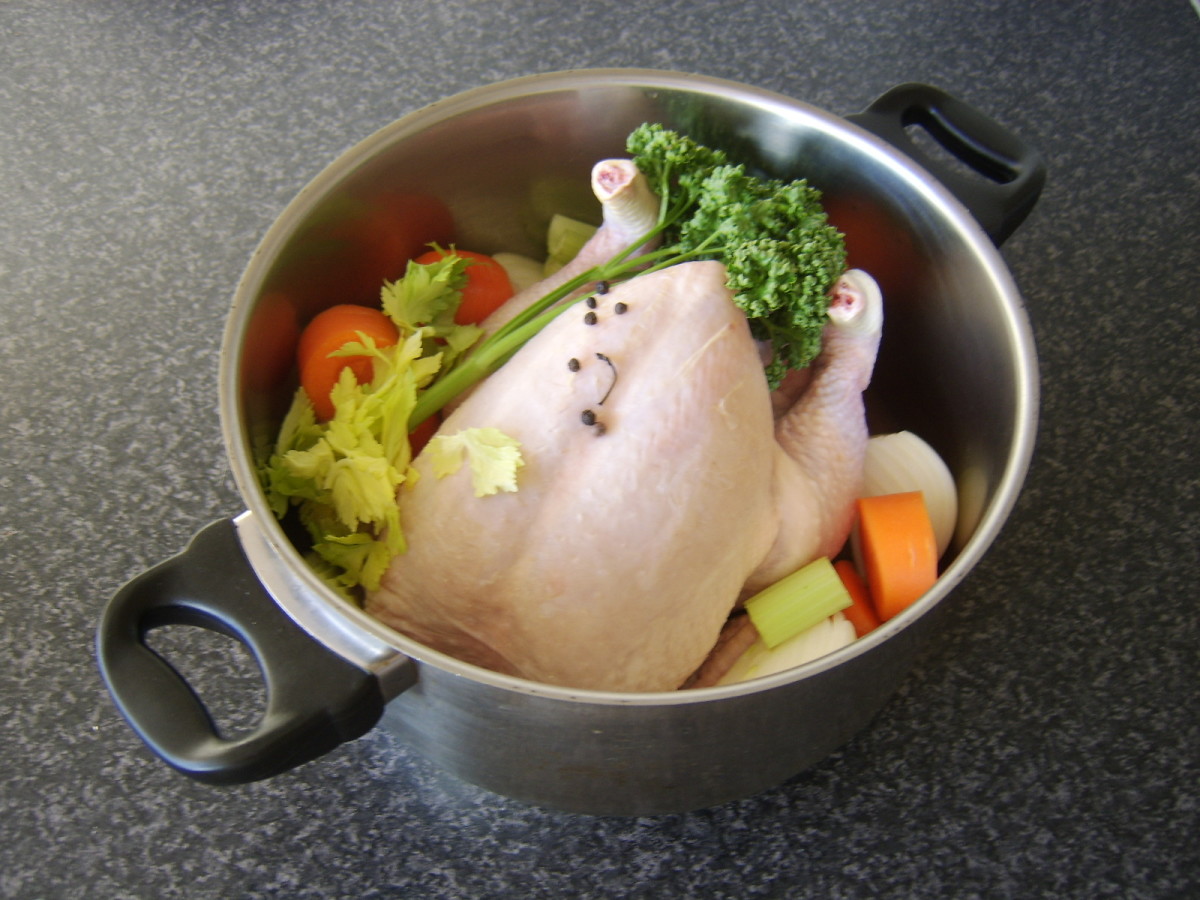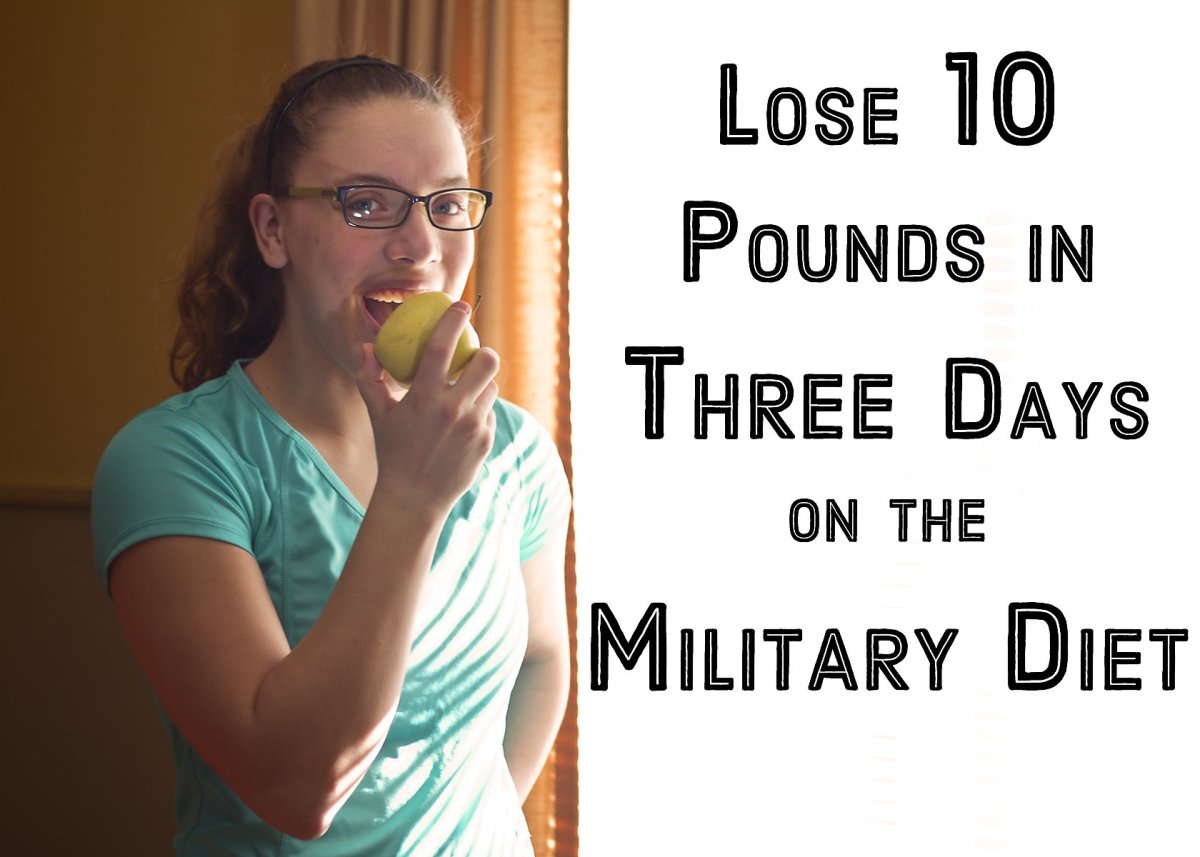Serving Size vs. Portion Size
The top reason people weigh more than they should is that they eat too much for their size and activity level. We hear about portion control and serving sizes, but what's the difference? And how do we use that information to maintain or lose weight?

Serving Sizes
Serving sizes are listed on labels of packaged goods along with other nutritional information. In fact if you count calories, the number of calories listed is for that specific serving size. Learning to check serving sizes can help you rein in your eating as it makes you more aware of how much you eat over the recommended amount. Learning what constitutes a serving is a good starting point for making adjustments to food portions.
For instance, if you plan to have a bowl of cereal, you may be surprised at a serving size. You'll have to check labels for individual products, but in general a serving size is around ½ to ¾ cup. I don't know about you, but my cereal bowls hold twice, if not four times that amount.
Another good example that provides perspective is ice cream. If you need to lose weight, you may want to blame things like ice cream for your expanded waistline, but the problem isn't the ice cream as much as it is how much ice cream you're eating. A serving size of ice cream again differs from one brand and flavor to another, but is traditionally ½ cup. So if the ice cream is 150 calories for a ½ cup serving and you eat a small bowl of ice cream you can easily be eating 600 calories rather than 150.
Portion Control 101
Overview of Portion Sizes
Now that you have a better idea of serving sizes, it leads to a new question. How many servings equal a portion? The problem is that some people confuse servings and portions. The easiest way to remember the difference is that portions are how much you actually put on your plate. Servings sizes can help you learn to eat more reasonable portions, but the amount you put on the plate or bowl equal your portion size.
For example, let's go back to the ice cream example. You may only eat one bowl of ice cream. That's one portion, but that portion may equal 4-6 servings. When portion sizes add up to more than you your body needs or burns, you gain weight.
There is no standard across-the-board answer for portion sizes because how much you should eat will depend on a number of factors including your current weight, height, activity level and age. People who are more active or have more lean muscle need to eat more than those who are inactive or have more fat than muscle. However, this rule of thumb can help guide you as you learn to eat less:
- Meat: A portion of meat should be about the size of your palm. This varies from one person to the next, but can work as a good guide to help keep portion sizes in check.
- Starches: A portion of starches like rice, whole grains, potatoes or bread should be the size of your fist.
- Vegetables: To help eat enough vegetables, fill half your plate with vegetables.
Use Serving Size to Reduce Portions
Serving sizes can be used as a tool to guide you to more reasonable portions. We have to retrain our thinking as portion sizes have increased substantially over the last 40 years along with an increase in obesity, overweight and related diseases. When the first McDonalds opened, the average adult ordered the equivalent to a Happy Meal. Now we have bigger burgers, bigger fries, bigger drinks and we supersize them!
While you may not want to measure the food you eat, until you get a better understanding of reasonable portions, a digital scale can help train you to eat less and still be satisfied. Once you've measured out your portions, eat slowly, chew thoroughly and take time to enjoy because there's no going back for seconds.
Related Articles
- The One Diet
Whether you have 10 pounds or 100 pounds to lose, finding the one diet to help you get rid of that extra weight and keep it off may seem like an eluding goal. Here are a few tips to narrow your search. - 6 Weight Loss Motivation Tips
Equip yourself with these 6 weight loss motivation tips to stay on target with your weight loss goals. Motivation is responsible for you starting a diet or weight loss plan, and it helps to tap into that motivation during the dieting process to keep - How Do I Count Calories?
If you're tired of being overweight check out these tips for counting calories for long term weight loss. - Improve Metabolism and Lose Weight
Metabolism influences weight. Improve metabolism to help lose that unwanted weight.









